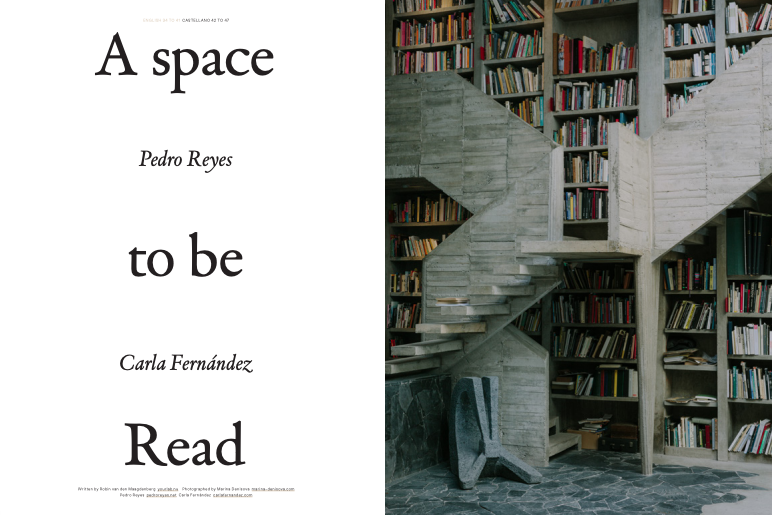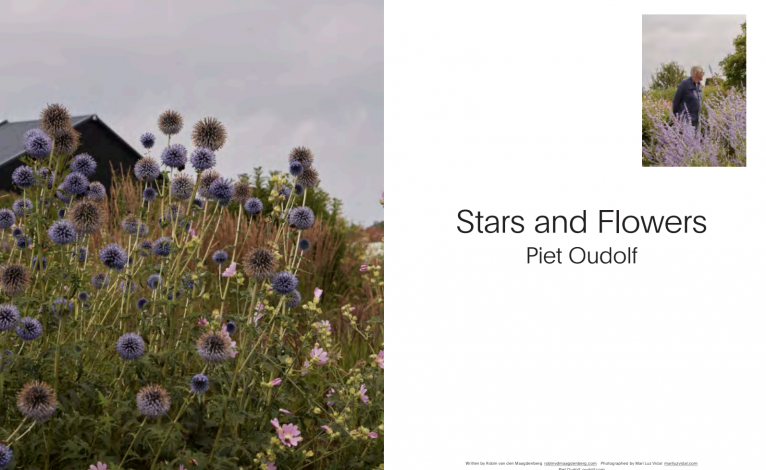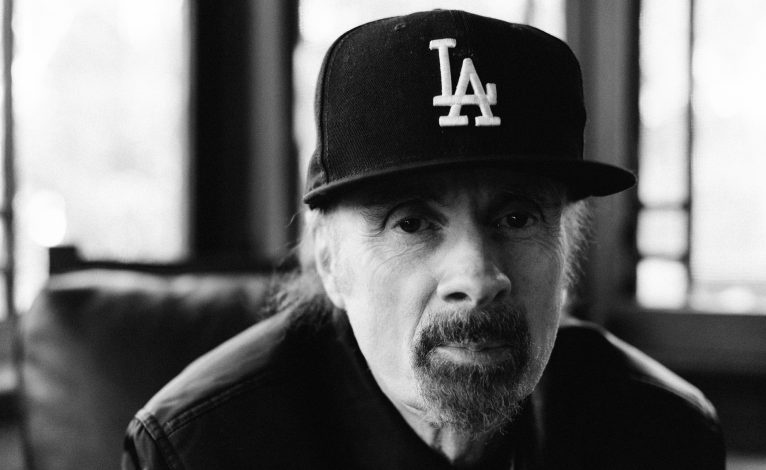Pedro Reyes & Carla Fernandez | Openhouse Magazine
Seen from the street, the house of fashion designer Carla Fernandez and artist-architect Pedro Reyes appears to have descended from the skies. A front door that could belong to a submarine opens onto a space filled with billowing clouds of grit-dust. In one of the adjoining studios two men are at work on a large stone sculpture of a face. I have entered a black-and-white world, further outlines and colors only slowly becoming discernible as the dust begins to settle.
25 september 2020

Livingroom of Pedro Reyes and Carla Fernandez
Text: Robin v/d Maagdenberg
Seen from the street, the house of fashion designer Carla Fernandez and artist-architect Pedro Reyes appears to have descended from the skies. A front door that could belong to a submarine opens onto a space filled with billowing clouds of grit-dust. In one of the adjoining studios two men are at work on a large stone sculpture of a face. I have entered a black-and-white world, further outlines and colors only slowly becoming discernible as the dust begins to settle.
Fernandez greets me hurriedly, excusing herself – she has been summoned to meet the Minister of Cultural Affairs and has to leave straight away. Reyes emerges from his studio on the mezzanine, where a sea of book covers almost seems to engulf him as he comes down the stairs. In the living-room no wall space is left uncovered: thousands of books are shelved here, collected from rare-bookstores the world over. Reyes is a dedicated reader, but the stories amassed here would take more than one lifespan to read. These books aren’t merely meant for himself. ‘A book that sits safely in its shelf equals a destroyed book to me. Books are made to be read.’
When Fernandez and Reyes first saw the building five years ago, the spatial living-room in which we now stand was a swimming-pool. Architect Reyes had no prior intention building on such a large scale, but given the pre-existing structure the duo soon agreed that this would become the brain of the house. An open space, free for all, free of commercial motives – a place for reflection and the sharing of knowledge. While ever more public libraries are being closed down worldwide, Reyes made a countermove by starting an Instagram library, Tlacuilo. The Instagram grid serves as bookshelf, books can be reserved by sending a message, and when available picked up in Fernandez and Reyes’ living-room.
Books, texts and stories are central to the work of both. Fernandez creates sustainable clothing, in close collaboration with traditional artisans from various Mexican communities. Her designs are architectural in appearance, she never works with cut-outs from patterns. Each piece is constructed from the two basic geometric shapes of traditional Mexican weaving, the triangle and the square. The words textile, technique and text are literally entwined in their Latin origin. A hand-woven piece of fabric is resembling a page, with stories embroidered by needle and thread. Fernandez doesn’t cut her fabrics at all – thereby leaving their texts intact.
In Reyes’ work also, texts take on spatial form – he makes sculptures that read as words when seen from a certain angle, he designed an architecture of speech, and for his current project on nuclear disarmament he’s building an archive of texts written on this explosive subject in the 1970s and 80s. ‘There’s a Doomsday Clock that measures the risk of a nuclear crisis. It is now at 100 seconds before 12 – midnight is KABOOM. This is a much more urgent problem than climate change and it’s a lot easier to solve, but we need to wake up.’ The walls of his studio are covered with bits and pieces of text. At the moment his main field of interest is female poets, and his favorite poem is by Jayne Cortez. He reads some lines out loud: That’s why I say I’m into life, preservation of life now, revolutionary change now, before the choking, before the panic, before the penetration of apathy, rises up, and spits fire, into the toxic tears, of this stockpile.
I ask him about the difficulties of conveying an ambiguous message in a project about nuclear disarmament. ‘Ambiguity is overrated,’ is his amused reply. ‘In the arts there’s this idea that everything must remain open-ended, that nothing can be prescribed. Artists are afraid to be dogmatic or pedagogical. Ambiguity has become a comfort zone where no clear statements need to be made, resulting in a lot of bullshit. These days everything has to be non-linear and deconstructivist. Why? A story is made up of separate parts that work together to create meaning. It’s fine to deconstruct hegemonic narratives, as long as they are replaced by something new. That’s the only way to change a system.’
Reyes and Fernandez are well aware that they can’t change the system by themselves. In their house a variety of artisans and specialists collaborate in the creation of new couture collections or artworks – thereby reviving traditional crafts and skills, such as stone carving. ‘When carving a stone by hand, there is no separation between thinking and doing. Each new step determines what the next step will be, that’s how the design unfolds. A machine skips all those steps.’
In one of Reyes’ works, he refers to Matsuo Bashô, a Japanese poet from the Edo period. One day, one of Bashô’s students took a walk through a field, noticing dragonflies about which he then wrote a haiku:
Red dragonflies
Remove their wings
And they are pepper pods
Bashô pointed out to his student that this wasn’t a true haiku, and corrected the text:
Red pepper pods
Add wings
And they are dragonflies
For Bashô, the haiku was much more than a technique: haikus conveyed moments of revelation. To join one thing to another object or image, thus increasing its meaning. Fernandez’ and Reyes’ house became a haiku by breaking away parts of the original construction and adding new elements and a public, communal purpose. Its façade of curved concrete gives it the appearance of a power plant or factory. The patio is an open sunlit space that all the studios open onto. The mezzanine, supporting the weight of all the stories. ‘The building’s various elements came together like a well-constructed sentence,’ Reyes says, ‘with emotion and rhythm, an architectural syntax.’

